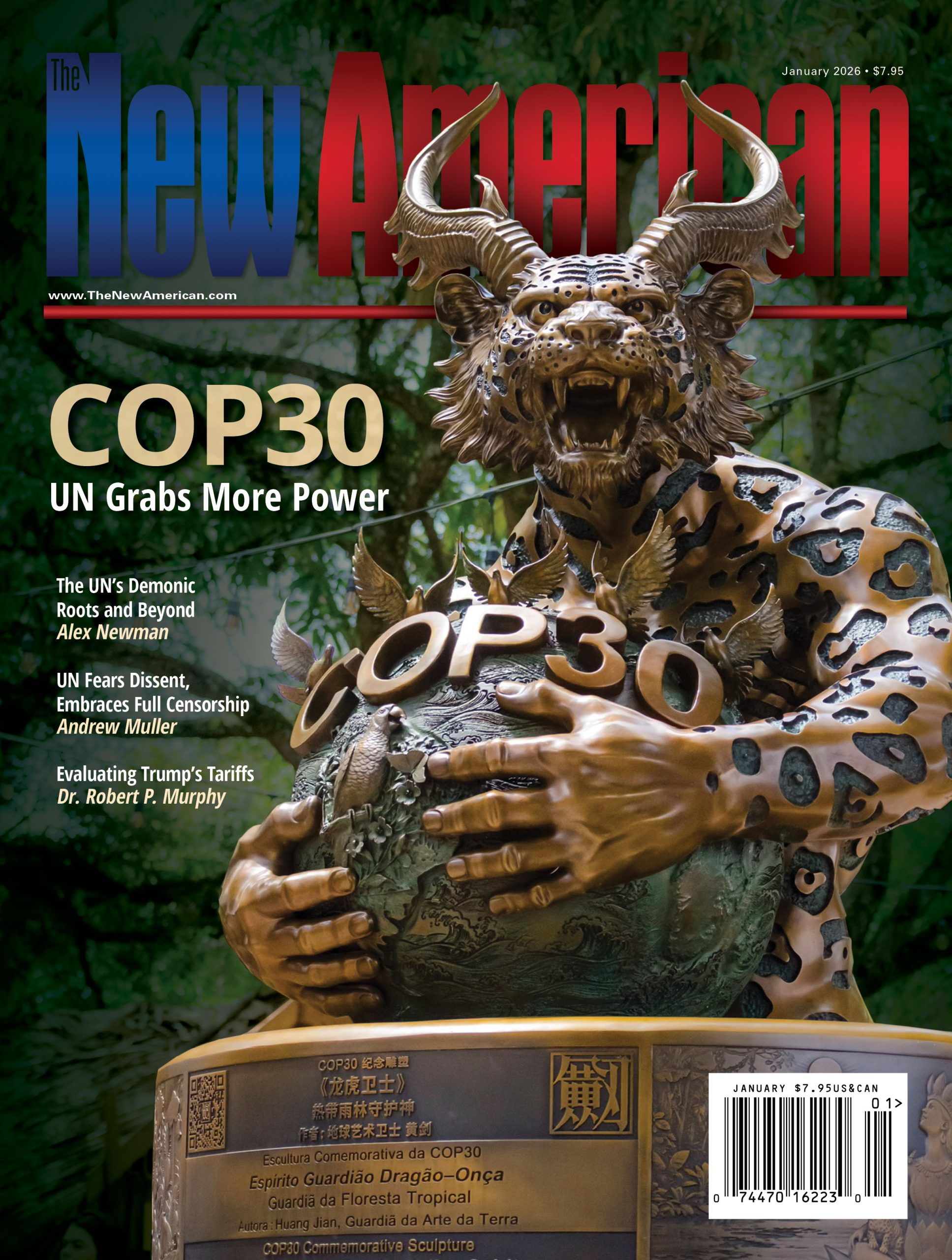Introduction
Understanding that the Constitution is a compact between sovereign states is essential for grasping the nature of American federalism and the limits of federal power. This principle underscores the authority of states to resist and nullify unconstitutional actions by the federal government.
Key Concepts:
The States Created the Federal Government:
- The federal government was created by the states through the ratification of the Constitution.
- The Constitution serves as the contract that defines the powers delegated to the federal government, with all other powers reserved to the states or the people (as affirmed by the 10th Amendment).
- This act of collective consenting by the states is called a “compact.”
The Compact Theory of the Constitution:
- The compact theory asserts that the Constitution is an agreement among sovereign states.
- The states retain the authority to “negative” or nullify acts of the federal government that exceed the powers granted by the Constitution.
- This power is derived from the fact that the states originally possessed the sovereignty that they then delegated to the federal government.
The Preamble and the Debate Over “We, the People”:
- Some, like James Wilson, argue that the phrase “We, the People” in the preamble indicates that the Constitution was created by the people as a whole, not by the states.
- However, historical records show that the original preamble listed the states by name, indicating that they were the parties to the compact.
- The final wording, “We, the People,” was likely a pragmatic change to avoid naming states that might not ratify the Constitution, not a shift in the understanding of state sovereignty.
The Ratification Process Confirms the Compact Theory:
- The Constitution required ratification by state conventions, not a popular vote, to become law.
- This process reinforces that the Constitution was an agreement among states, not a national compact imposed by a central authority.
- The historical actions of the colonies and later the states, such as the Declaration of Independence and the Articles of Confederation, were always taken collectively as states, not as individuals.
Sovereignty and the Role of States:
- Sovereignty, the supreme authority in government, resides with the states as the collective expression of the people’s will.
- While individuals possess natural rights, political sovereignty in America has historically been exercised through state governments.
- This sovereignty was not fully surrendered to the federal government; rather, states delegated specific powers while retaining most others.
Nullification and State Sovereignty:
- Nullification is the right of states to invalidate federal actions that exceed constitutional authority.
- This right is rooted in the understanding that the federal government is a creation of the states, and thus cannot override the sovereignty of its creators.
- The Virginia and Kentucky Resolutions, penned by Madison and Jefferson, affirm this principle by stating that states have the “rightful remedy” to nullify unconstitutional federal actions.
The Constitution’s Text Supports the Compact Theory:
- Articles V and VII of the Constitution provide clear evidence that the states are the fundamental parties to the compact.
- Article V outlines the amendment process, requiring ratification by three-fourths of the states, emphasizing their role in altering the compact.
- Article VII specifies that “this Constitution between the states” would only take effect upon ratification by nine states, further proving that it was an agreement among states.
The Importance of Understanding the Compact Theory:
- Recognizing that the Constitution is a compact among sovereign states helps us understand the limits of federal power.
- States are justified in resisting federal overreach, and this resistance is rooted in their original sovereignty and the nature of the constitutional compact.
- By sharing this understanding, we can strengthen the defense of liberty and ensure that the federal government remains within its constitutional boundaries.
Conclusion
The “Constitution between the states,” as it is called in Article VII, is a compact among sovereign states. This is a foundational concept in American federalism. It explains why states have the authority to nullify unconstitutional federal actions and why the federal government cannot override the sovereignty of the states. By understanding and teaching this principle, we can better defend the liberties and rights that the Constitution was designed to protect.


